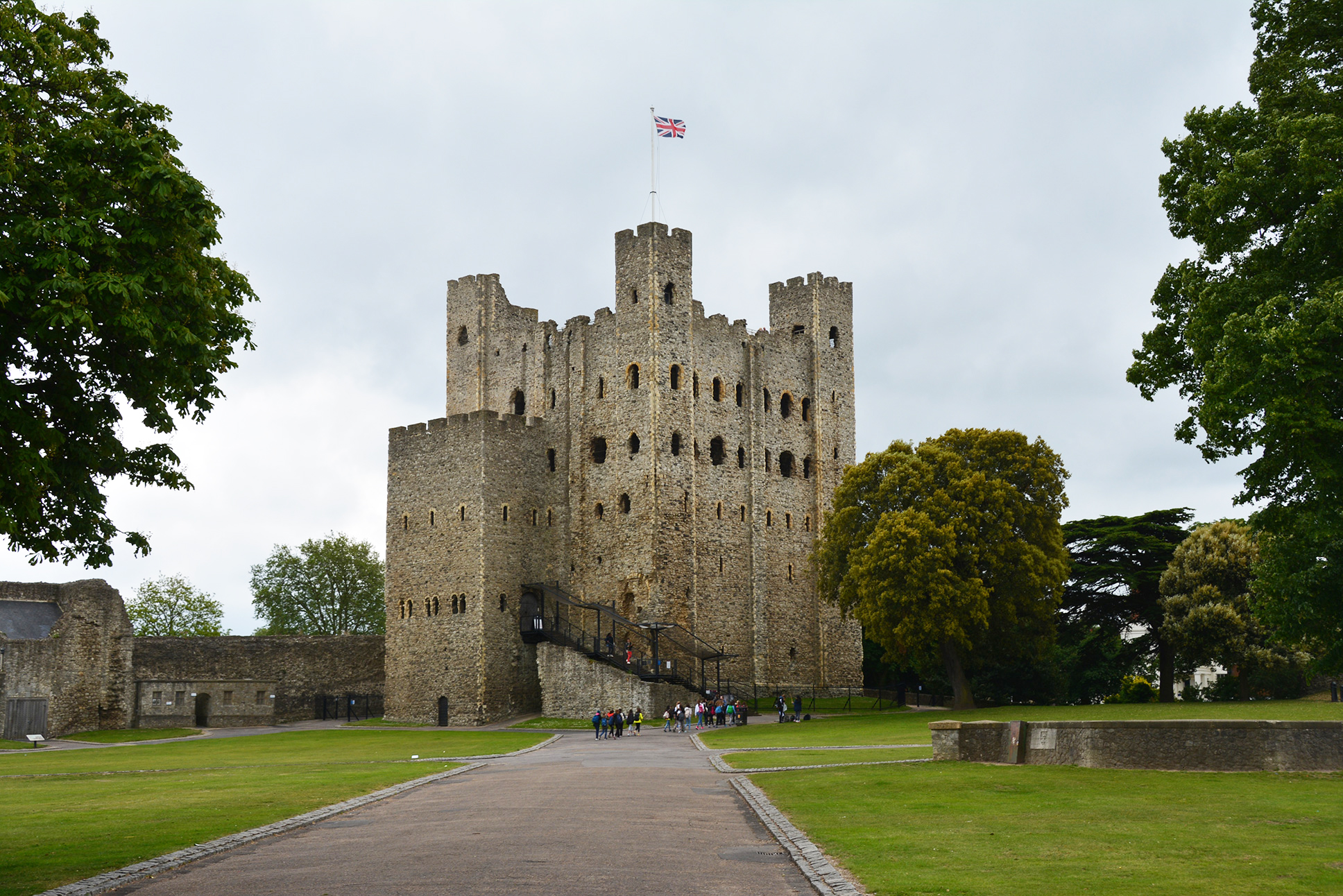Siege of Rochester Castle (1264)
Background
Simon de Montfort assembled his forces at St Albans and marched to relieve his son, who had been trying to defend the town and castle in Northampton from a royalist siege but arrived too late to prevent the town's fall to the royalists.

He then moved into Kent to lay siege to the royal stronghold of Rochester Castle.
Battle
By April 17th, 1264, Rochester Castle was under siege for the third time in its history. The castle's constable, Roger de Leybourne, held Rochester in support of King Henry III.
Gilbert de Clare came from the south after his army was based in Tonbridge. Simon de Montfort from London, set up on the banks of the River Medway, facing the castle.
On the evening of April 18th, De Montfort launched fireships across the river. The flaming vessels created panic and confusion, and the rebel forces made it into the town. The next day, they broke into the castle's inner bailey but could not take the central keep.
After a week, de Montfort heard reports that Henry III was advancing on London from Nottingham. However, the King was not heading towards London. He was heading to Rochester. The royalists under Henry III numbered some 1,500 horse and several thousand foot soldiers.
By April 26th, scouts would have alerted de Montfort that Henry III and his army were just 25 miles away and ready to attack. For de Montfort, the only solution was to end the siege and return to London.
With some mounted knights, Prince Edward reconnoitered the town's defenses. On April 27th, the royalists backtracked to deal with Gilbert de Clare's hold at Kingston before driving off the small force de Montfort had left to siege the castle. On April 28th, 1264, King Henry II arrived at Rochester, and those left of the baronial troops were decidedly dealt with.
Rochester Castle successfully withstood the siege but suffered severe damage, which was not repaired until the following century. Roger de Leybourne was badly wounded while defending the castle.
Aftermath
Gilbert de Clare's castle at Tonbridge was next to fall as the royalists captured Tonbridge and Winchelsea from the rebels.Although the rebel forces were unsuccessful in sieging Rochester Castle, they did draw the royalists south, setting the stage for the next showdown at the Battle of Lewes.


